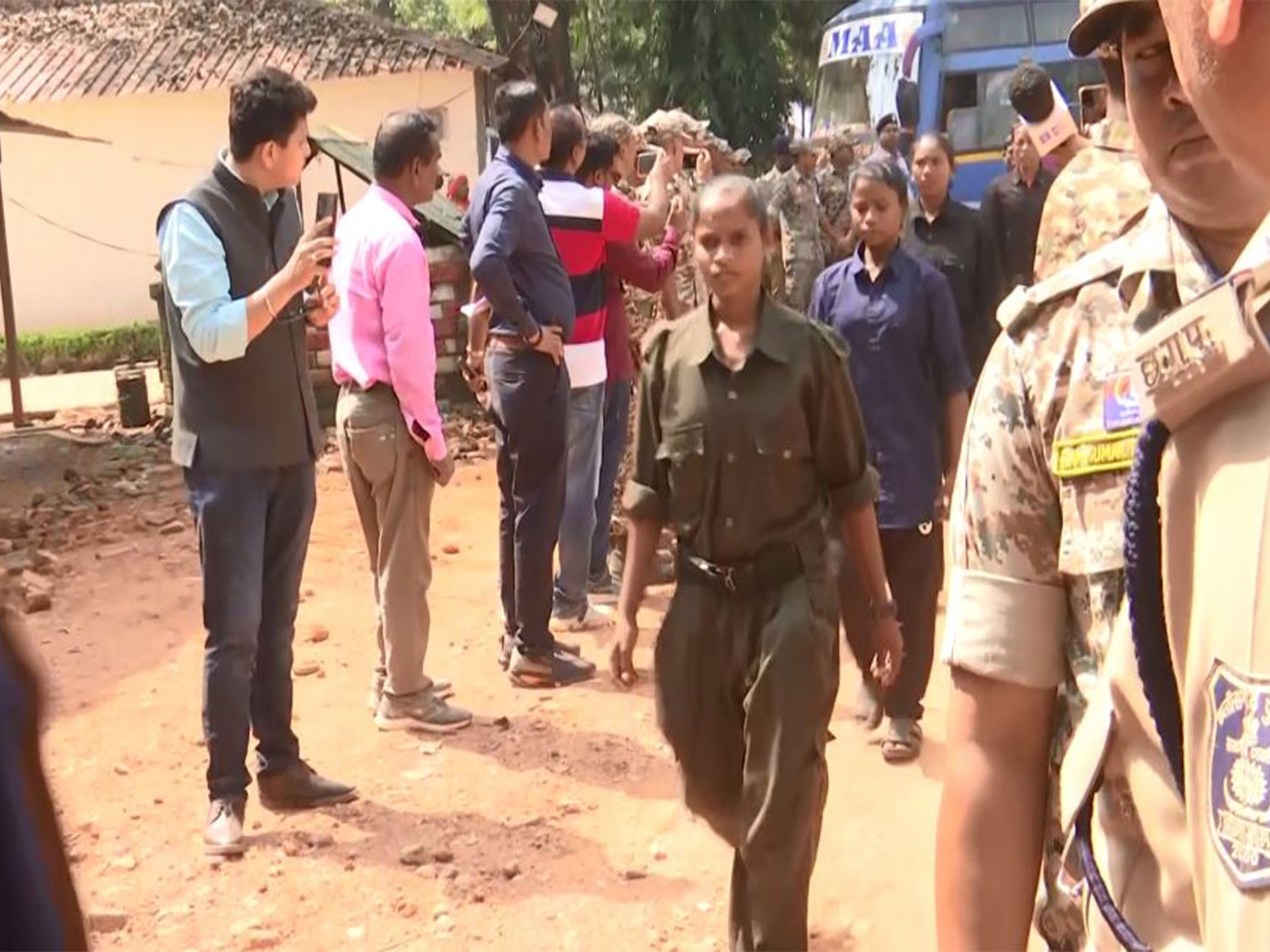Salma Rehman
| Updated on: 13 February 2017, 3:28 IST

TWEET THIS
In a striking discovery, the Archaeological Department of Chhattisgarh has unearthed the foot prints of Lord Buddha in the Bilaspur district of the state. The finding gains relevance since the sage's foot prints had not been found in central India up to now.
Used for worship, these footprints were excavated at village Damroo in Baloda Bazaar-Bhatapara district, about 60 km from Bilaspur (Chhattisgarh).
The significance of Buddha footprints or the Buddhapada
- It footprint is an auspicious Buddhist symbol, considered sacred in Hinyana Buddhism in India as well other Buddhist countries. It is still worshiped at Buddhist temples in Bodh Gaya and Nagarjuni Konda.The footprints are meant to remind all that Buddha was present on earth and left a spiritual 'path' to be followed.

Buddha footprints in Yangoon, Burma
- A depression atop Adam's Peak in Sri Lanka is among the largest and most famous footprints.Other places where these footprints are located are Afghanistan, Bhutan, Cambodia, China, Japan, Korea, Laos, Malaysia, the Maldives, Pakistan, Singapore, Thailand and the Union of Myanmar.
- The oldest known Buddha footprint, dating to 600 AD, is located at Sar Morakot, Thailand.
The formation
- The Buddha's footprints are usually depicted with the toes of all one length and with a dharmachakra (wheel) at the center. Other early Buddhist symbols also appear on the heels and toes, such as the lotus, the swastika and the triratna (Three Jewels). These symbols are also seen on the bottom of the feet of large statues of the reclining Buddha. Some Buddhapada can be very large and detailed, displaying the 32, 108 or 132 distinctive marks of a Buddha in a checkerboard pattern.
- The footprints excavated at Damroo is made out of locally available stone. It is circular in shape and is carved with twelve lotus petals, which is one of the eight important auspicious symbols of Buddhism including the twin fish.
Chhattisgarh and its Buddhist heritage
- The village of Damroo rests on the banks of river Shivnath and holds great relevance, as far the historical background of the state Chhattisgarh is concerned.
- The foot imprints, discovered along with the other articles (artifacts and antics, sculptures, coins, seals) and the Buddha stupas, strongly indicate that Buddhism was the main religion of Chhattisgarh during Maurya period.
- Another small town called Sirpur in Chhattisgarh is renowned for its heritage on Buddhism and is a popular tourist destination now. Some of the discoveries made at Sirpur have completely baffled the historians and has helped understand the history of the region and the religions much better. For instance, the Buddha Vihara (monastery) found here is believed to be four times larger than the famed Nalanda University in Bihar, which is quite an important discovery.
Damroo turning into a centre for Buddhism
- Damroo has become a well-known Buddhist site. The excavation is being carried out here since 2013 and has yielded several antiquities ranging from early historical period to later Gupta period.
- According to media reports, once the excavation work at Damroo gets completed it would become an important centre for Buddhist heritage in particular and an important tourist centre of the country.








![BJP's Kapil Mishra recreates Shankar Mahadevan’s ‘Breathless’ song to highlight Delhi pollution [WATCH] BJP's Kapil Mishra recreates Shankar Mahadevan’s ‘Breathless’ song to highlight Delhi pollution [WATCH]](https://images.catchnews.com/upload/2022/11/03/kapil-mishra_240884_300x172.png)

![Anupam Kher shares pictures of his toned body on 67th birthday [MUST SEE] Anupam Kher shares pictures of his toned body on 67th birthday [MUST SEE]](https://images.catchnews.com/upload/2022/03/07/Anupam_kher_231145_300x172.jpg)






